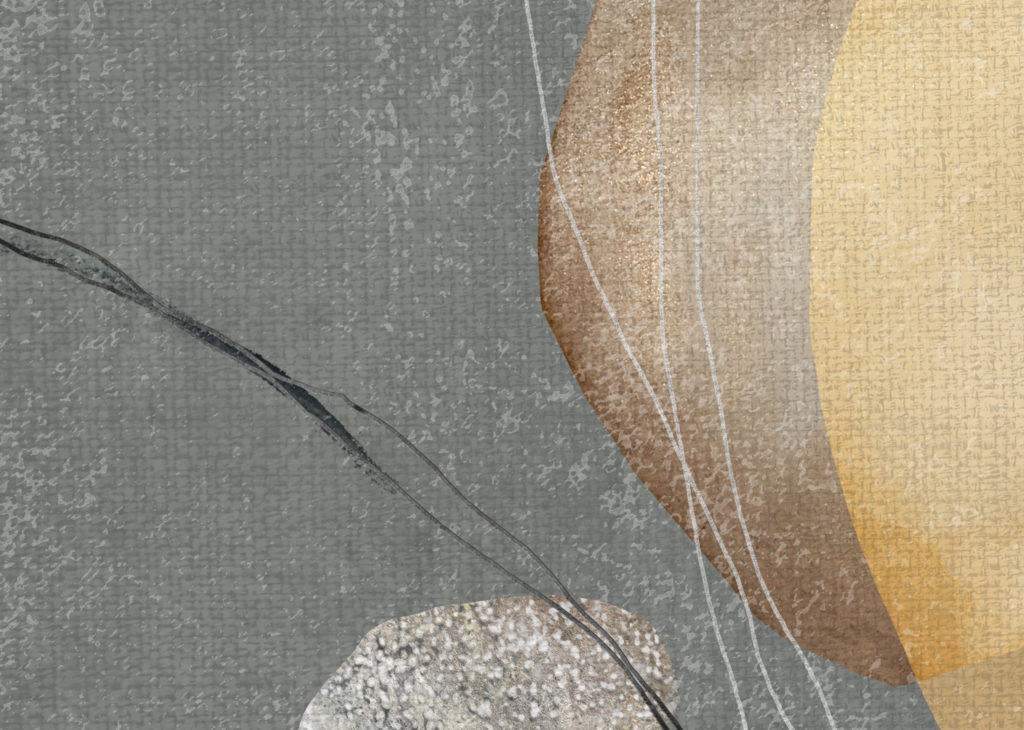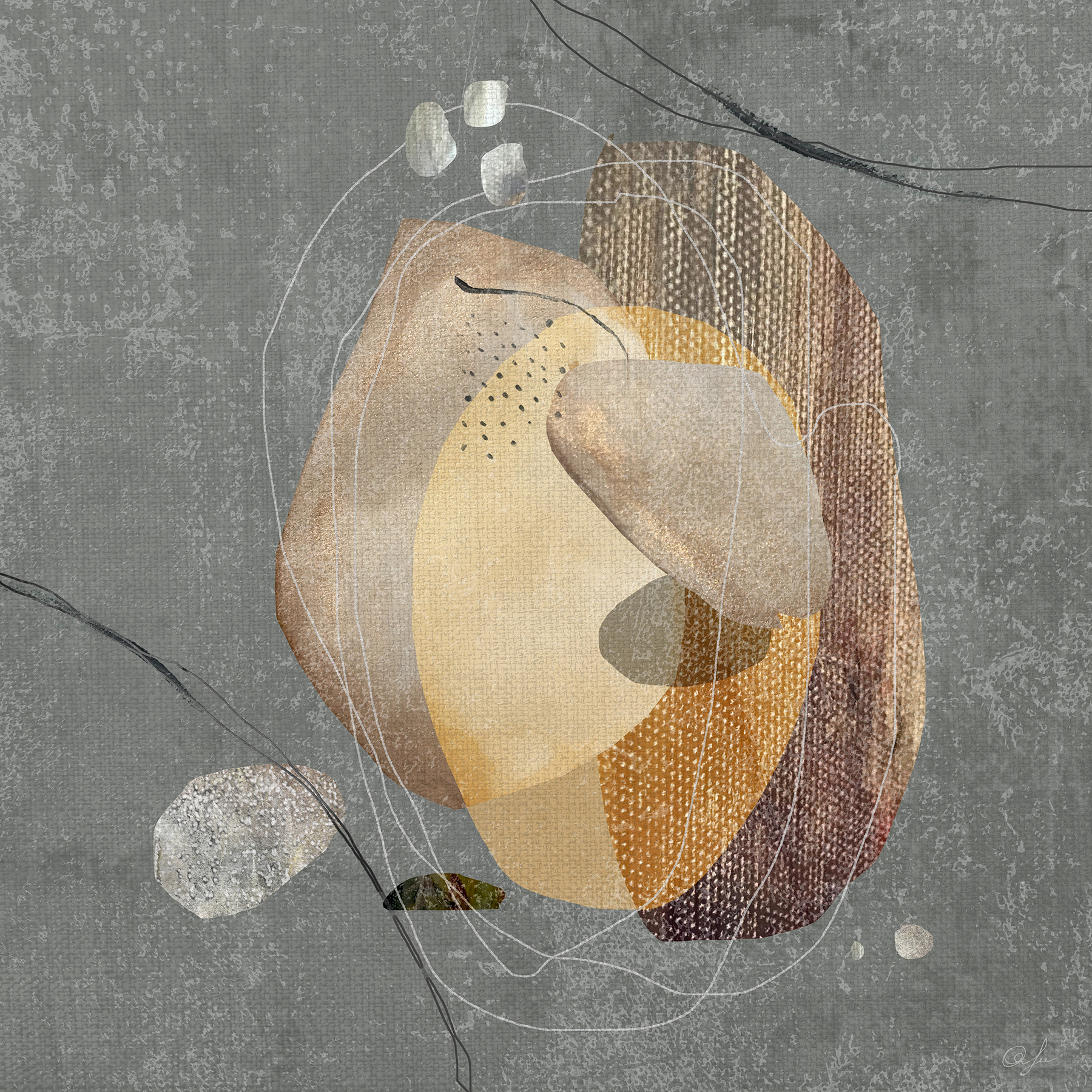Autumn, with its rustic colors, transient imperfections, melancholic decay, reminds me to embrace nature’s cycles and celebrate ephemeral, weathered, and earthy beauty of Wabi-Sabi.
In western society, we obsessed with perfection, symmetry, and ideal proportions. The Japanese aesthetic of Wabi-Sabi is very different. Wabi-Sabi refers to the beauty of impermanent, imperfect, and rustic. It appreciates slightly broken, melancholic, and modest things that display a sign of age, decay, and personality.
Wabi-Sabi’s philosophical concept is linked with Zen Buddhism and tea ceremony. It celebrates nature with a constant cycle of life and imperfect patterns as a focus of meditation. Word Wabi means a bitter-sweet melancholy of life, Sabi means withered, chilled, noble signs of passing the time. It celebrates little errors, random chances, weathered textures, effortless simplicity as an expression of fragile beauty and wisdom.
Wabi-Sabi teaches us to rethink our fascination with brand new, shiny, and perfect and look deeper inside ourselves and accept our imperfections, melancholy, and age.
It’s a lesson to celebrate fleeting moments of our lives, to find charm and beauty in the wrinkled faces of our parents, in a forest walk during overcast autumn days and in delightful rustic decay of the fallen leaves.



